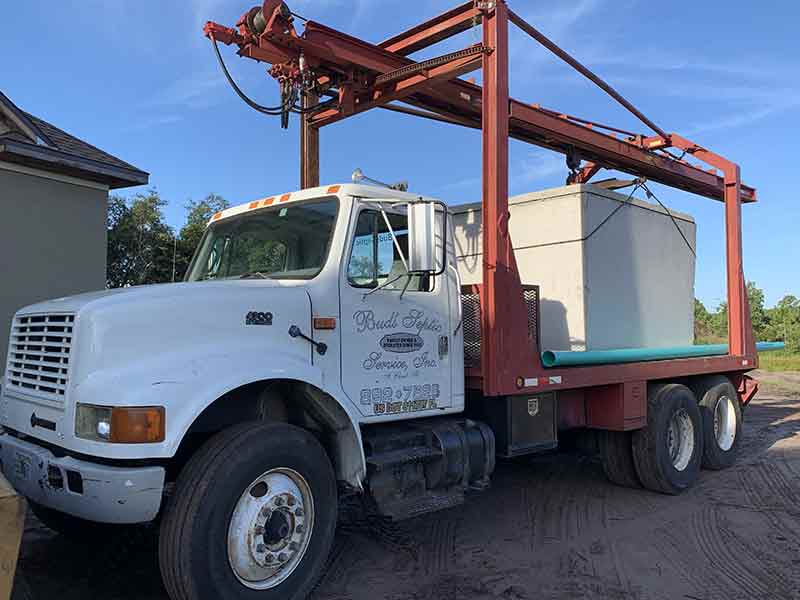For homes with septic systems, septic tanks have the essential job of holding all waster and wastewater for treatment. And with it residing underground, the rule of thumb is consulting a professional when dealing with pump-outs, repairs, and maintenance.
However, you should always be mindful of how your septic tank works. That way, you can adequately take the initiative if something is amiss. Below are three important things everyone should know about their septic system and how to avoid septic tank repair.
Your Septic Tank Won’t Last Forever
One of the most common misconceptions about septic systems is that they last forever. Since they carry several gallons of wastewater every year, people seem to think they are indestructible. The actual reality is that your septic tanks and the system is a fragile ecosystem.
You could put your entire septic system at risk by not following proper septic rules, putting the necessary and fragile bacteria at risk.
Excessively flushing household chemicals down the toilet is one disastrous way to reduce the efficiency of your septic system and kill the bacteria inside. Additionally, flushing items that can clog your septic system, such as feminine hygiene products, cat litter, and baby wipes, can lead to a pricey septic tank repair.
It’s important to understand that you should only flush toilet paper and human waste down the toilet no matter if other items are “flushable.”
Overusing the Laundry Can Lead to Septic Tank Repair
Unlike toilets, your washer machine is designed to process bleach, excessive water, and detergent. However, that doesn’t mean that your septic tank is. Your septic tank drainfield isn’t supposed to look like a bubble bath.
Therefore, if your drainfield is bubbling, you could require a septic tank repair immediately. The items that go into your washing machine can wreak havoc on your septic tank, so it’s important to spread out your laundry days throughout the week instead of overloading your septic tank system on one laundry day.
And, always avoid products that are not septic safe like harsh chemicals and bleaches.
Some Plants Can Help Your System
We have mentioned all the plants to avoid planting and as a rule of thumb, just avoid planting any plants or trees on your septic system.
However, there are a few plants to add to your landscaping that can help. Plants like echinacea can help expel liquid and nutrients, as well as prevent erosion, allowing your septic system to function more effectively.
Here are a few tips for growing plants over your drainfield.
Mainly Grow Herbaceous Plants – Plants like these are shallow-rooted and won’t damage your septic tank.
Understand How Deep Your Septic Tank Is – Before you plant anything, consult with your septic tank repair professional to understand how deep your drainfield is.
Ultimately, you don’t want to plant anything with even a remote chance of damaging your septic tank.
Don’t Grow Root Vegetables – These types of veggies can harm your septic tank. Alternatively, you can grow above-ground vegetables, such as beans, peppers, and tomatoes.
Is Your Septic Tank in Trouble?
It’s essential to be knowledgeable about your septic tank to increase its longevity and avoid breaking your pocketbook. If you are having issues with your septic system, you should immediately call a professional today. Little problems can be fixed quickly, but once the problem grows — so does the cost of septic tank repair.


Recent Comments